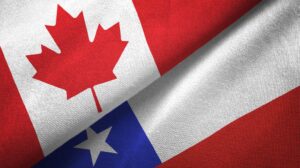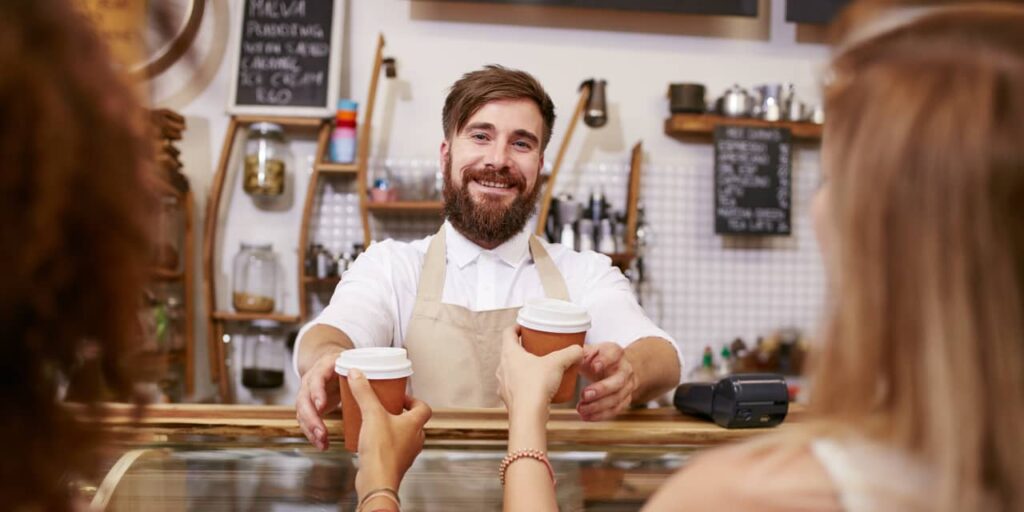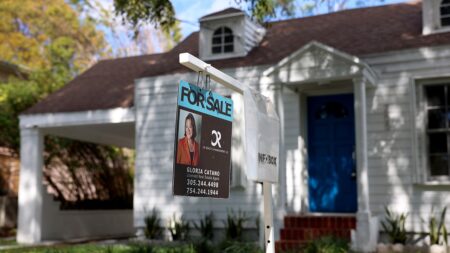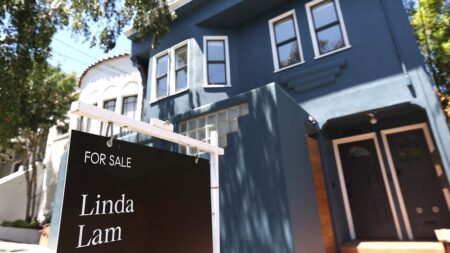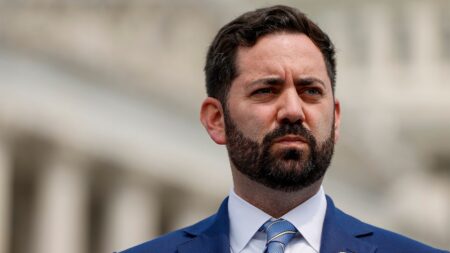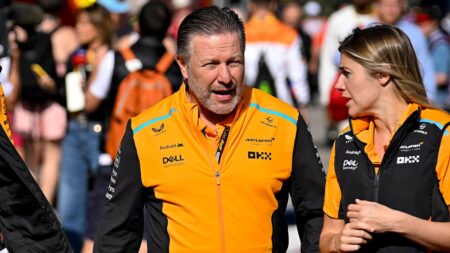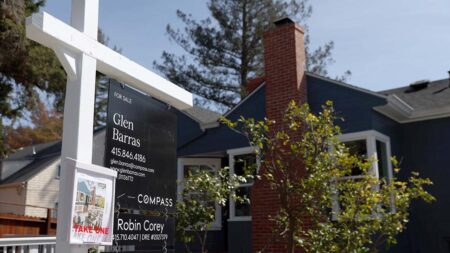For years, coffee drinkers have been warned that a daily latte could wreak havoc on their long-term finances — the so-called “latte factor.”
But maybe they should really be worried about that morning mocha instead.
A mocha drink — that sweet sip that features espresso or coffee, milk and chocolate — is the most expensive of the standard coffee beverages sold at coffee shops, cafes and restaurants, according to a new report from Square, a dining-industry technology platform. Specifically, Square noted that, as of the end of 2023, the average cost nationally for a mocha is $5.40, compared with $4.95 for a latte, $4.85 for a cold brew and around $3 for a drip coffee.
That 45-cent differential between a mocha and a latte may not seem like much, but if you’re a daily mocha drinker, you’re looking at nearly $165 a year — or about $1,650 over a decade. In other words, not a completely negligible sum if you make the switch from one drink to the other.
Which is ultimately the point of the latte warning — that small expenditures add up over time. Although it should be noted that far greater savings can be realized by avoiding buying coffee at a coffee shop altogether and making your latte (or mocha) at home –- that’s a $4-or-higher daily differential.
Still, mocha pricing is something that weighs heavily on Jane Coloccia’s mind. The Oregon resident says she’s a major fan of the chocolate-y drink, but she’s frustrated with having to pay as much as $7 locally for it.
“I’m trying to be more price-conscious about it,” said Coloccia, who will sometimes drive a few minutes out of her way to find a coffee shop with a cheaper mocha. Coloccia added that she tries to make coffee at home as much as possible.
Square said it bases its data on billions of transactions at establishments across the country that use its platform. Starbucks
SBUX,
is not part of that mix, Square noted, but Starbucks stores also often charge more for a mocha.
At one New York City Starbucks location, a tall mocha runs $5.95 while a tall latte runs $4.95 — a $1 differential.
Starbucks noted that its mocha pricing is consistent with others in the coffee world. Square also noted that the pricing for a mocha and other drinks varies by location and some markets are inevitably less expensive than others. The cheapest lattes can be found in Idaho, for example, according to Square.
“‘I’m trying to be more price-conscious about it.’”
Of course, some specialty drinks and beverages with add-on ingredients are more expensive at Starbucks and other coffee shops. A tall peppermint white chocolate mocha costs $6.25 at that New York Starbucks store, for example.
To some degree, the Square data shouldn’t come as a complete surprise. Mocha drinks, by virtue of having an extra ingredient (namely, chocolate), have long been among the costliest on coffee-shop menus. But the gap between mocha and latte drinks appears to be growing slightly from a dollars-and-cents perspective.
A decade ago, a mocha cost 34 cents more than a latte, according to Square. Five years ago, the difference was 39 cents.
It’s possible that we could see the gap grow even higher in the coming months than the current 45 cents. That’s because the price of cocoa has been surging of late — it hit an all-time high just ahead of Valentine’s Day.
At Zibetto Espresso Bar, a top-rated New York coffee shop with two locations, a standard mocha runs $6 and is the same price as a standard latte. Proprietor Mikael Olsson said he has not raised his mocha pricing of late, but it’s becoming difficult to hold the line.
“If the product cost goes up, you have to adjust,” Olsson said. He added that it’s not just the cost of chocolate that might force an increase, but such factors as higher labor costs that affect all his coffee pricing.
Nick Setyan, an analyst with Wedbush Securities who tracks the restaurant industry, offered some reassurance to mocha drinkers, however. He noted that coffee and milk are still the major ingredients in the drink and the amount of chocolate used is probably not significant enough to prompt increases.
“I don’t even look at cocoa prices,” he said in terms of analyzing what coffee shops may charge for drinks.
No matter how much a mocha costs, Americans do have a taste for the drink. It remains the fourth most popular espresso-based drink, according to the National Coffee Association’s fall 2023 survey — behind latte, espresso and cappuccino, but ahead of Americano, macchiato and flat white.
So, if you love a mocha, is it worth trading down to another beverage to save some money? Perhaps not, says Brian Matthews, a financial planner with Domain Money, an advisory firm.
Matthews doesn’t advocate spending lots of money on pricey coffee drinks, be they mochas or lattes. But he also said he worries more about clients who spend too much on dining out or ordering delivery — as in full meals, not cups of coffee.
In other words, an occasional mocha shouldn’t break the bank and should be enjoyed as the indulgence it is, according to the financial professional.
“There is validity to living your life and not squirreling every penny away,” said Matthews.
Read the full article here



